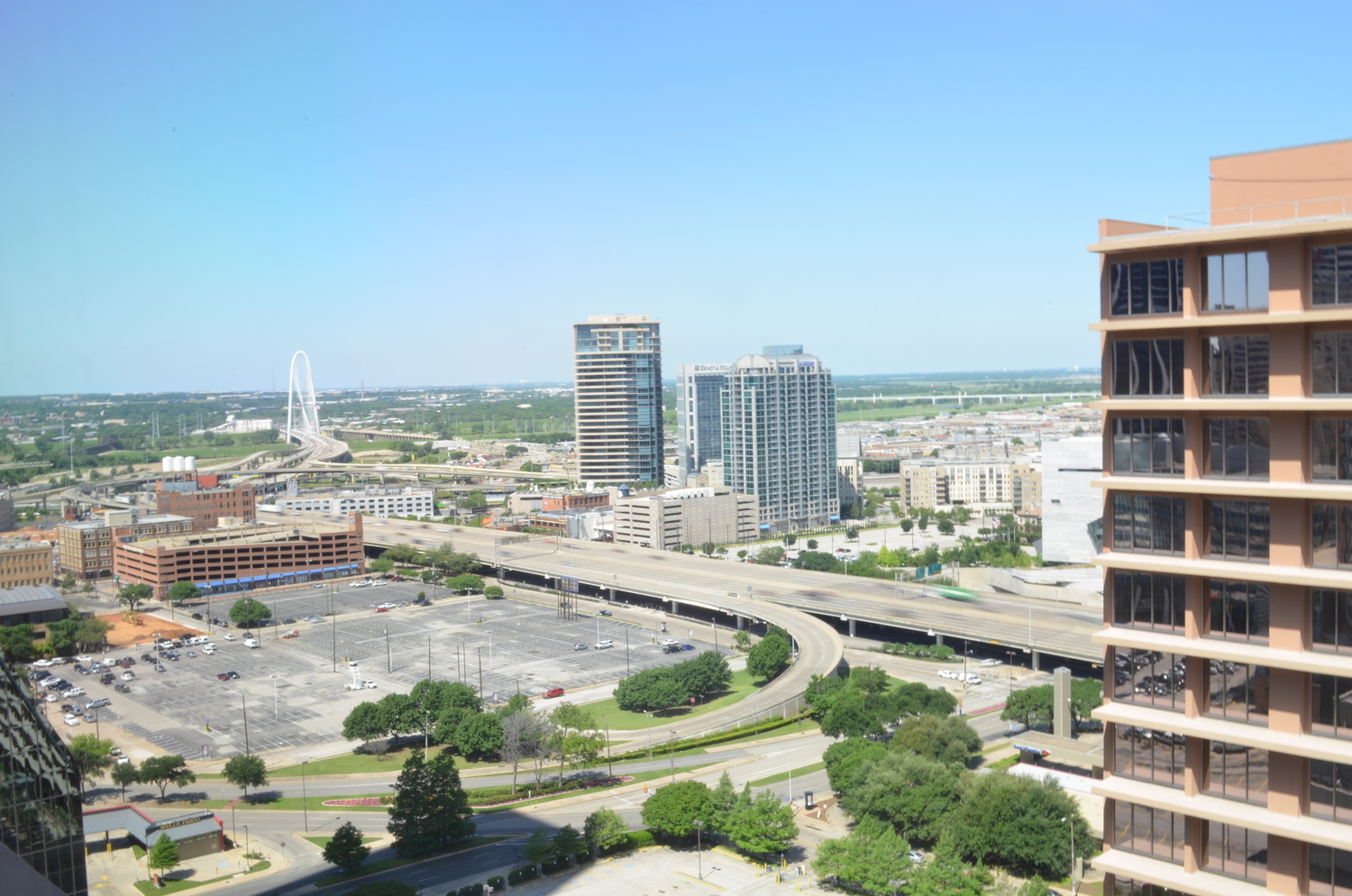Main Streets Designed Like State Highways: How They Work and How To Change Them
Main Street in Great Barrington, MA. (Source: Google Maps.)
A city can have a downtown that is built for people first, or cars first, but not both. It is impossible to have one’s cake and eat it, too, in terms of getting vehicle traffic through quickly, and creating a safe, pleasant, main street atmosphere for people outside of cars. Two prominent communities in Berkshire County, Massachusetts, Pittsfield and Great Barrington (both of whom had their main streets reconstructed in the past 15 years), are in the midst of deciding which side they should pick. What’s most important to remember is that trying to compromise on either side ends up making a worse situation for both sides.
When this compromise is attempted, people driving are lured into a false sense of dominance by infrastructure that looks like it belongs on a highway, but is never intended to be used that way. Think of long, straight, wide, lanes; bright, bold, oversized striping, symbols, and signage; infrequent crosswalks, and cold, industrial traffic control fixtures. (Sound familiar?) Frustration mounts when we cannot drive in the manner that our environment is signaling that we should.
When engineers attempt this compromise, people walking and cycling see a street that seems like it should be pleasant to walk and shop along. We try to do things that humans do when we are enjoying ourselves: getting caught up in conversations, acting impulsively, enjoying the moment, and losing focus on our surroundings. This behavior should not turn injurious or deadly in an authentic main street environment. Suggesting that we need to be on high guard against the traffic through main street, whether that be through pushing buttons and waiting, “stopping, looking, and waving,” or carrying around flags, is a blow to walkability and to the character of an authentic main street. Am I suggesting we throw all caution to the wind? Of course not. But the biggest risk to acting like a human on a street should be a bruise from accidentally tripping or bumping into someone, not a trip to the hospital from a car crash. And changing this paradigm requires changing street design, which in turn helps influence behavior and expectations.
Is this guy having fun? (Source: Casey Conley/Fosters.)
A pillar of the Vision Zero Safe System approach (the vision of a future of zero road deaths) states that humans will always make mistakes. Our streets should be designed to make sure those mistakes don’t turn into casualties, rather than expect humans to become perfectionist machines while leaving the stakes so high if (when) a mistake is made.
The idea that slowing the cars will somehow diminish the efficacy of a main street commercial district needs to be forgotten. Indeed, it is the only way to truly strengthen it. And an eye of humility needs to be taken by all of us to see that in some situations, the car is not always king (while at the same time, banning cars is not necessarily the ultimate solution). Those of us who would still like to believe in the supremacy of the car will probably not find their business model fitting an authentic main street. Might I suggest the strip mall on the edge of town? It will take a lot of effort to change the car-dependent design of most places in North America, and to fully commit to not compromising on the issue.
There are a few key actions that communities can take to keep the paradigm shift going.
The first is to simply make the small bet of a pop-up road diet for a week, weekend, or even a day. This is a small investment in temporary lane closures using simple traffic diverters, some volunteer observers, and a willingness to try.
Second, data gathering is a must: quantitative data like speed statistics, pedestrian volumes, and level of delay for streets, and qualitative data like pedestrian level of comfort, intercept surveys, and before-and-after opinions of residents and businesses.
Finally, after implementing these efforts, communities should report to the public what the experiment was like. Present the data in easy-to-understand formats, and have a continuous and consistent narrative ready so the social media vacuum does not create its own. Presenting the data from motorist, pedestrian, resident, and business perspectives are all important angles to cover in order to generate the highest amount of buy-in. From there, communities can decide whether to take the next step to a full-fledged pilot.
There are resources out there right now to get started. The Global Designing Cities Initiative recently published two guides: How to Implement Street Transformations and How to Evaluate Street Transformations. The Tactical Urbanist’s Guide provides helpful suggestions for low-cost, pop-up street design materials. And finally, I’d remind communities that it is the nature of an iterative process like pilot programs to have discomfort, learning, and growth. An anti-fragile place can take this discomfort and come out stronger on the other side.
Which side of the people–car compromise will main streets in Berkshire County take? I think the question can only be answered after both sides have been thoroughly vetted. We have been working hard at experimenting with one side for a few decades now; perhaps it is the time to start trying something different.
Nicholas Russo is a transportation planner in Western Massachusetts, where he grew up and still calls home. He enjoys reimagining his city’s public spaces and streets, working to bring the ideas of Strong Towns to his hometown. He attended the Rochester Institute of Technology, where he received a bachelor’s degree in civil engineering technology.






Advocates agree: better urban planning starts outside, not in a conference room. Walking your neighborhood reveals what reports can’t.